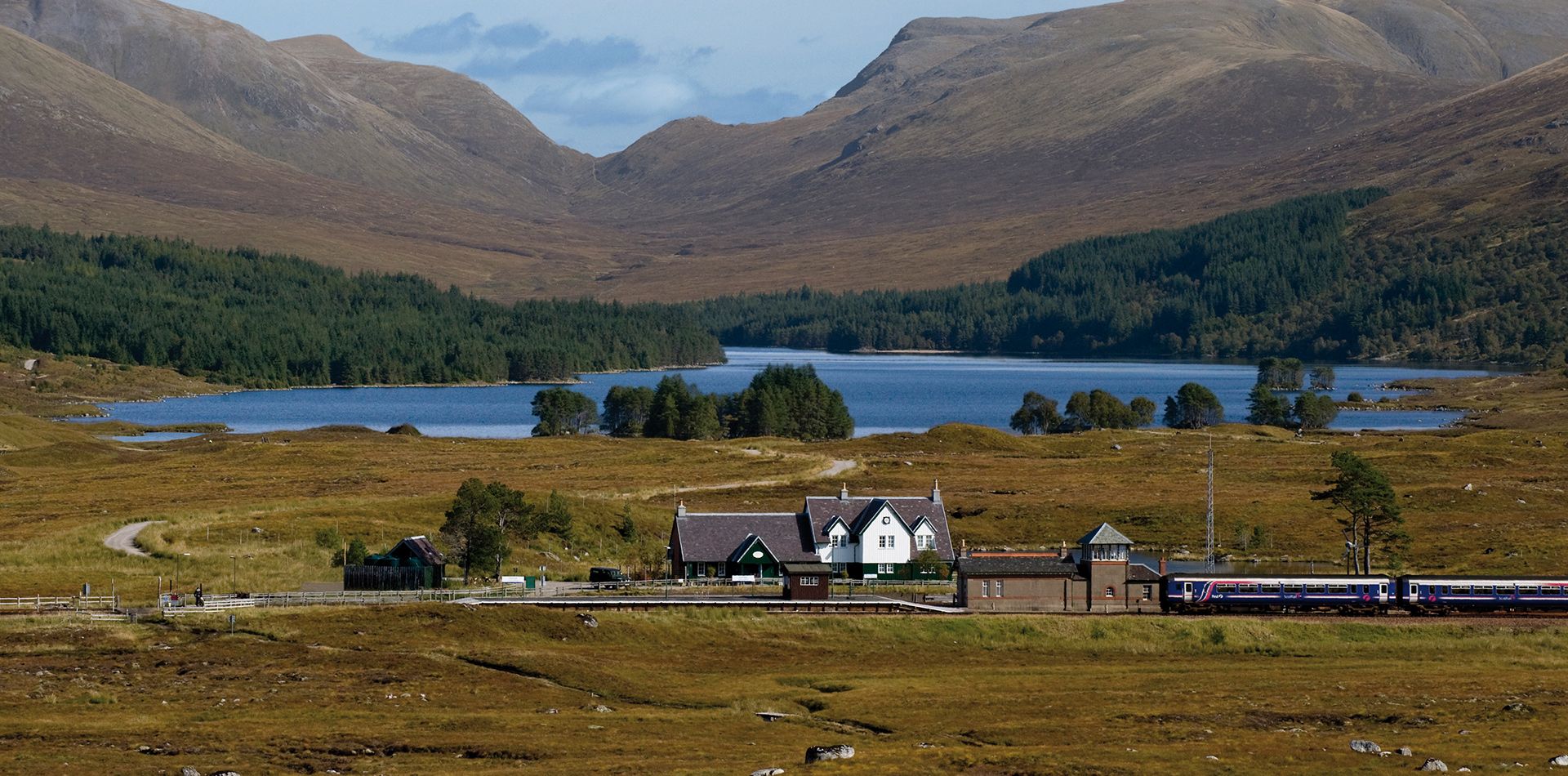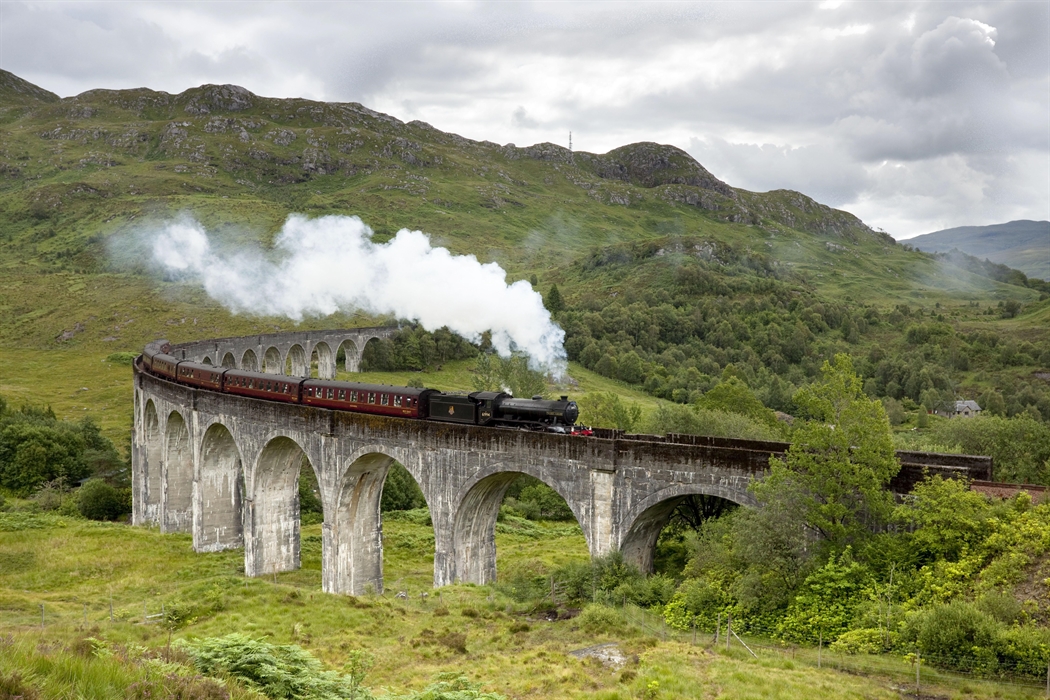Welcome to the February edition of the OnTrack blog. We had 2 meetings in February to learn about signalling on railways, the permanent way and the history of the GWSR.
On Saturday 9th we learned about signalling: its history and development, semaphore principals and modern colour light principles.
Initially, policemen stood at intervals along the railway line, who let trains pass after certain time periods had elapsed. However, there was no way of knowing where each train was in the section between policemen, nor whether the train had stopped for whatever reason.
This system (or different versions of it) was fairly quickly replaced by signals on posts at fixed points, based loosely on the French semaphore system: if the line was clear, the signal arm was hidden inside a wooden box; if the line wasn’t clear, the arm stuck out of the box horizontally. However, this method wasn’t particularly safe; after a crash at Peterborough, where the signaller pulled the lever in the signal box to set the signal to danger, but the signal had frozen stuck inside the wooden box, an Act of Parliament was passed, mandating that the signal arm must be visible at all times, and must fail safe.
The result was the semaphore signal recognisable today. Combined with the invention of the telegraph system, which allowed signallers to communicate with each other (using bell codes), railway safety increased significantly.
 |
| Semaphore Signals at Worcester Shrub Hill |
The principles of semaphore signalling are fairly simple if a bit confusing at first.
The area controlled by a signal box is known as the “station limits” (regardless of whether there is a station!). The line between each signal box’s limits is the block section (‘single line block section’ or a ‘one train section’ on our railway), for which a token is required if the line is single track.
Stop signals within the station limits and in the rear of (approaching) the signal box are home signals, and those in advance of the signal box are starter signals. Both of these types are red, with a white stripe. These cannot be passed if they are “on” (horizontal).
 |
| A Stop Signal in the "On" (Stop) Position |
 |
| The Same Signal in the "Off" (Proceed) Position |
Prior to the first home signal and outside station limits, there is a distant signal (which may be fixed in the on position). This can be passed when “on”, but the driver should be prepared to stop at the next signal. A distant signal (yellow with a black chevron) can only be cleared if all the following signals within the station limits are cleared too.
 |
| A Distance Signal Fixed in the "On" Position |
This differs from a banner repeater, which merely duplicates the message of the following signal (as on Platform 1 at Winchcombe).
 |
| The Banner Repeater at Winchcombe. (The signal it repeats is obscured by the bridge) |
We also briefly looked at ground signals and how they differ from “normal” semaphores.
Finally, we looked at the principles of modern colour light signals, which some members had previously found a little confusing.
Modern signals can have two, three or four aspects (colours), these being: red or green; red, yellow or green; or red, yellow, double yellow or green, based upon the maximum line speed of the track. The spaces between the signals are fixed blocks; as the train moves past the next signal, the occupied block moves too (but this should not be confused with moving block signalling).
The (four-aspect) signal at the start of an occupied block should display a red aspect. The next signal behind should display a yellow aspect. The next one behind should display a double yellow aspect. The next one after that should display a green aspect (pass at line speed).
This is further complicated by feathers indicating different routes.
All in all, it was a very interesting day.
The second meeting of the month was on Sunday 24
th. In the morning we learnt about the permanent way.
 |
| An Overall View of the Permanent Way Today |
We started off by going through the history of the p-way; the earliest use of a railway track was in mines and quarries. These places were usually wet and muddy and it was hard to move the wooden wagons around, so timber planks were laid down on the ground to push the wagons along with a bit more ease.
We then listed the parts that make up the permanent way today:
 |
| A Piece of Each, Flat Bottomed and Bull Headed Rail |
· Rails (steel rails that the trains run on).
· Ballast (the stones that stop everything from moving around and make the permanent way ‘permanent’).
· Sleepers (wooden or concrete blocks that the rails and rail chairs are fixed to, which keep the rails in the same gauge).
· Rail chairs (cast iron blocks that support the rails to keep them in place and are fixed to the sleepers).
· Fishplates (plates that hold 2 pieces of rail together with a gap between to allow expansion of the rails in the heat).
· Rail keys (Steel “keys” that slot in between the rail chair and the rail to stop the rail from moving around in the chair).
After having an early lunch outside in the sun, we learnt about the history of the line, from the obtainment of the act of Parliament in 1899 up to the present day and the re-opening of Broadway. One of the many interesting facts of the day that I learnt was that in 1999, Railtrack (the equivalent of Network Rail) expressed an interest in using the line as a diversionary route due to increasing traffic on the former Midland route (now the Cross Country route). However, this interest never progressed.
The day finished with a short wait in the lovely sunshine.
 |
| A Rail Chair and Key holding the Rail to the Sleeper |
 |
| A Fishplate Holding Two Sections of Rail Together |
Written by Tom and Anders

























